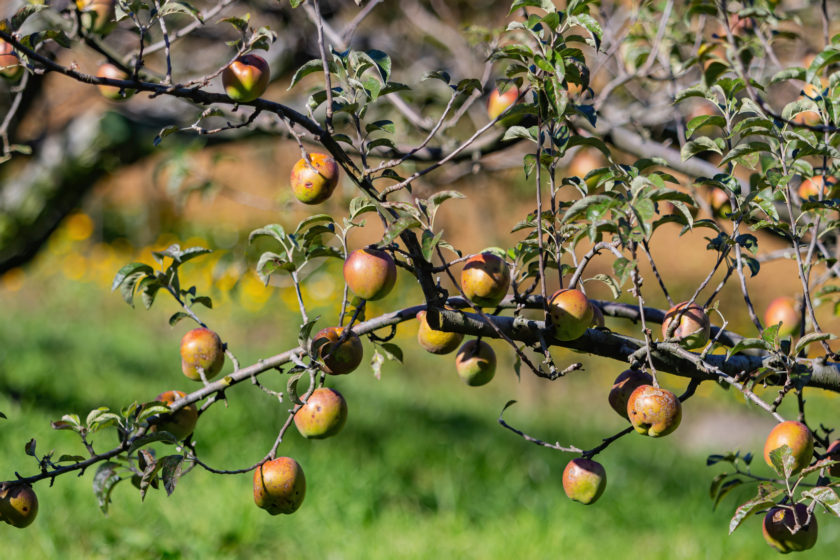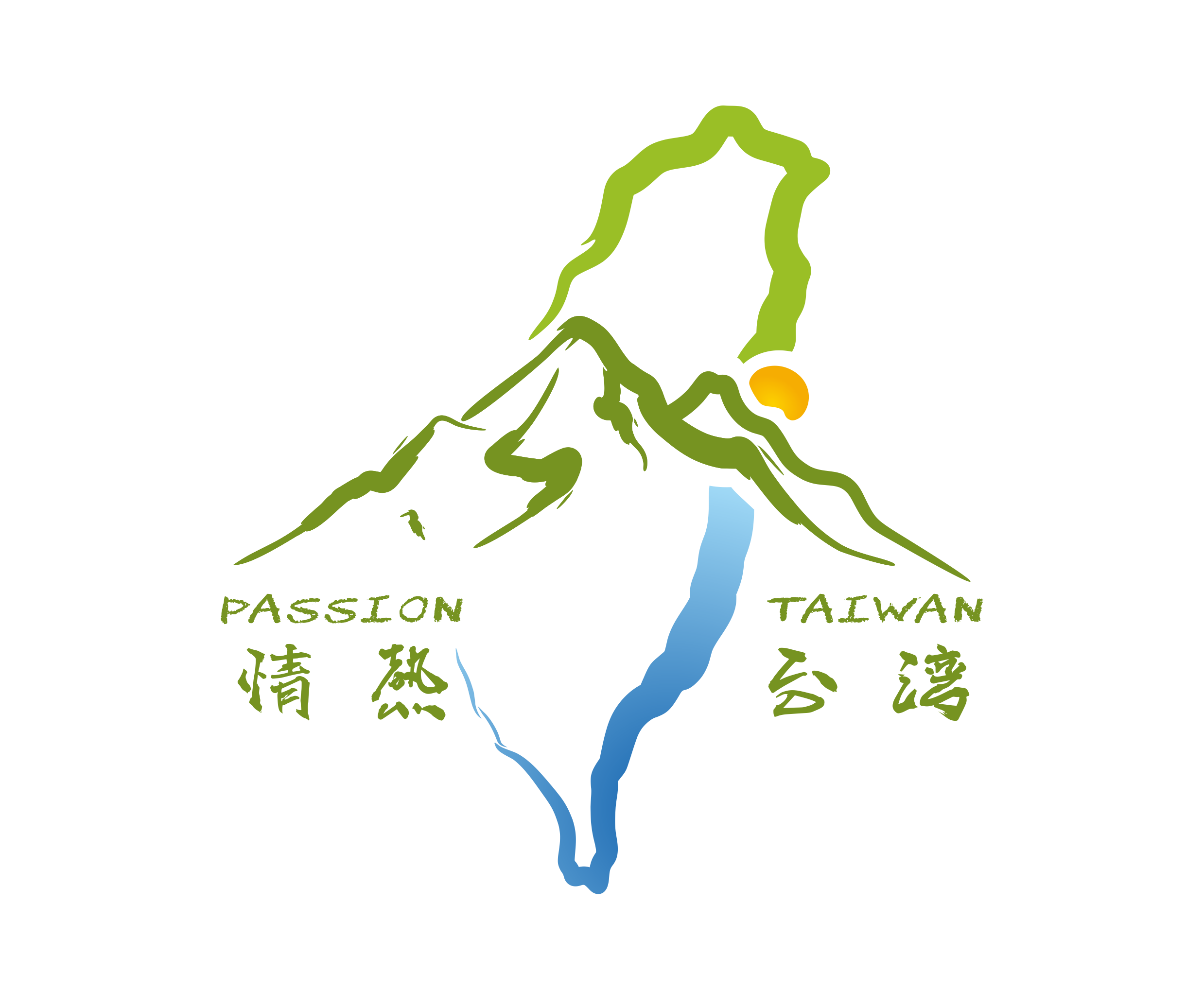“Japanese farmers failed for 50 years, but the veterans who came to cultivate the land succeeded!” In the Lishan area of Heping, Taichung, at an altitude of 2,000 meters, the lush mountain forests bear abundant fruit, with spots of red among the green. The day-night temperature difference of over 10 degrees Celsius results in delicate, fragrant honey apples, which, along with honey peaches and water pears, are famous fruits of the Wuling, Fushoushan, and Lishan areas.
The cultivation story of honey apples, from a “second-class” small apple to a Wuling specialty, has become a well-known tale. In the 1950s, the government recruited a group of veterans to reclaim the land, selecting a few temperate fruit varieties suited to the high mountain climate to sustain themselves. After experimenting with as many as 15 types and nearly 200 varieties of high mountain fruits and vegetables, and amid the amazement of horticultural experts and local indigenous people, they successfully cultivated peaches, pears, and apples. After multiple improvements and adjustments, the delicate and honey-infused honey apple emerged.

The small, reddish fruit hanging on the branches, with a few blush spots on its green skin, glows like a shy girl’s face. The star-shaped crystal honey glands are the origin of its name. Despite its small size, a bite into the palm-sized fruit releases a burst of floral fragrance and honey sweetness. Starting in November each year, it attracts gourmets to climb the mountains and pick the fruits, enjoying the sweet and crisp fruits of early winter.
Honey Apple Facts
- Honey apples are not a variety but a physiological phenomenon in apples. The growing fruit converts starch into sugar to resist the cold, forming what is known as honey glands.
- The main distinction between honey apples and regular apple varieties is that honey apples are smaller and have no wax on the surface.
- The production period is from the first frost to early winter, lasting only about a month.
- Also known as Taiwan’s native high mountain apple, the primary production areas are Lishan and Dayuling.
